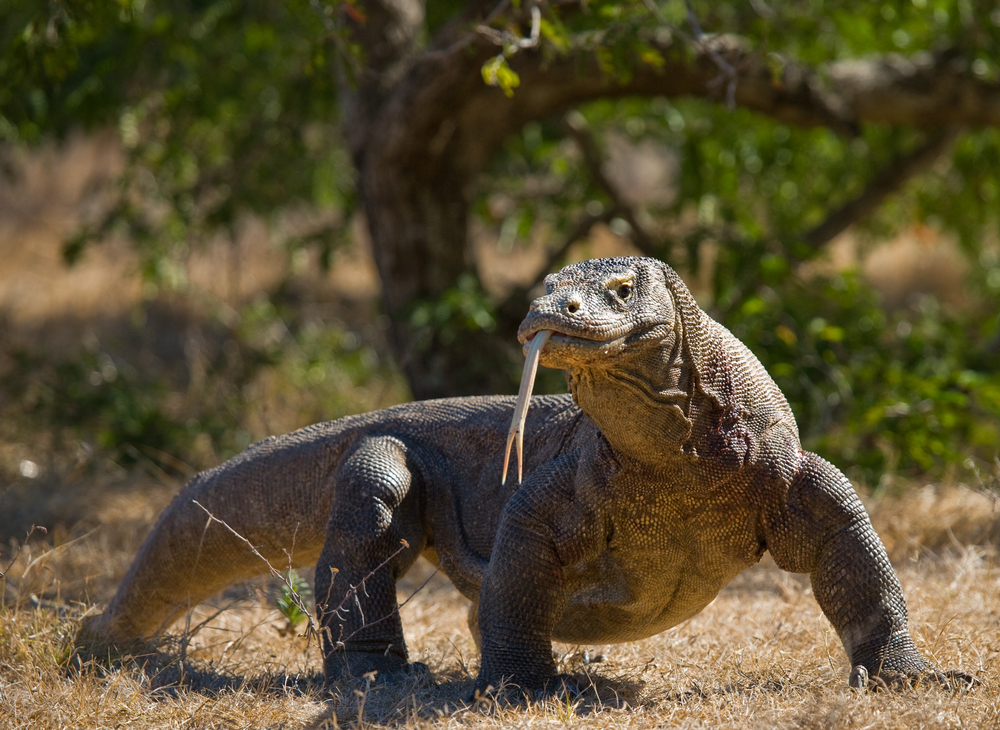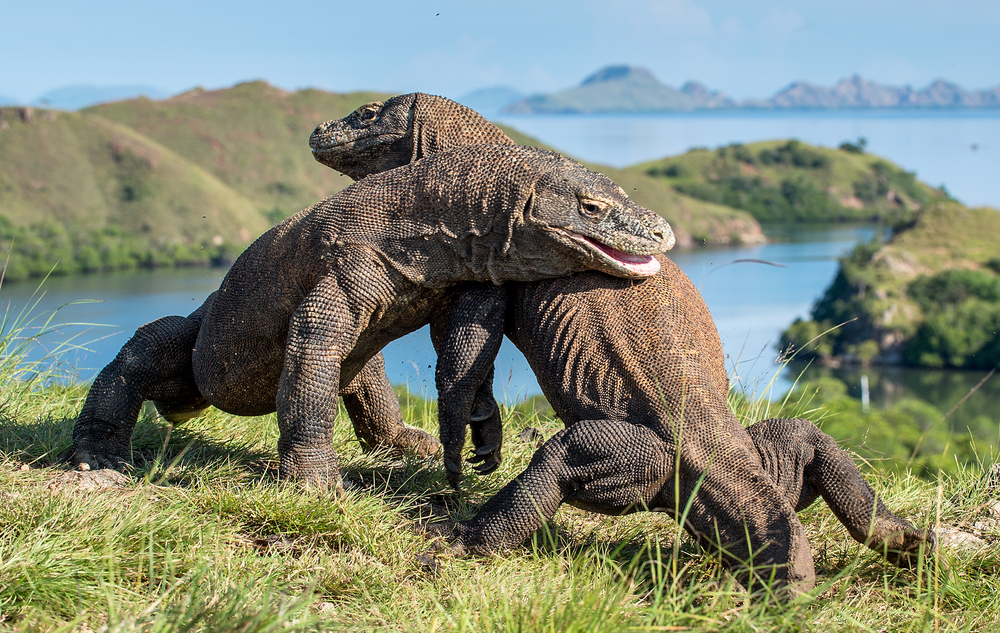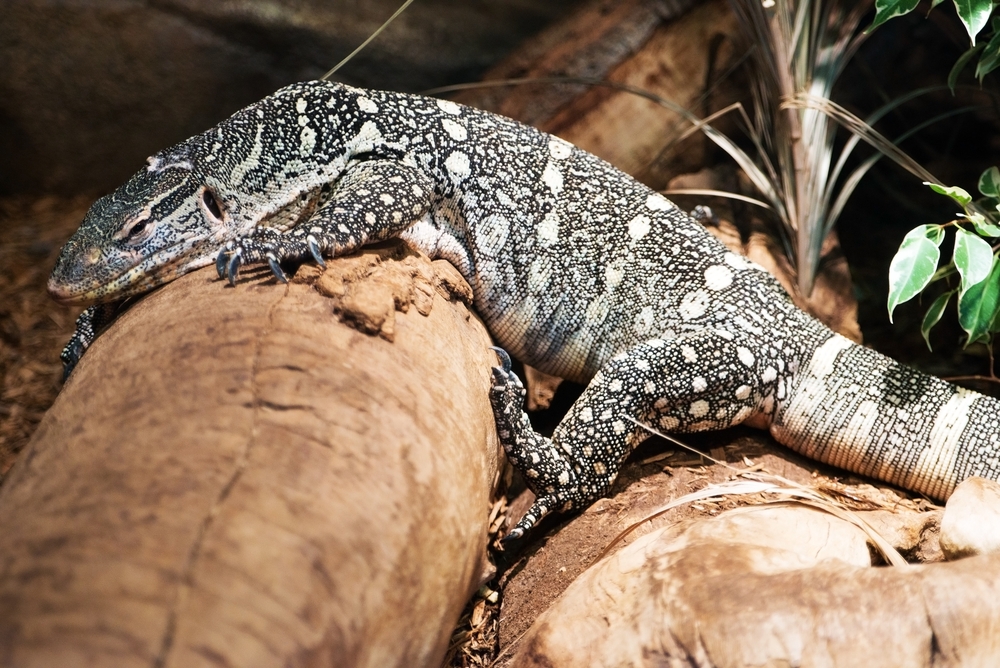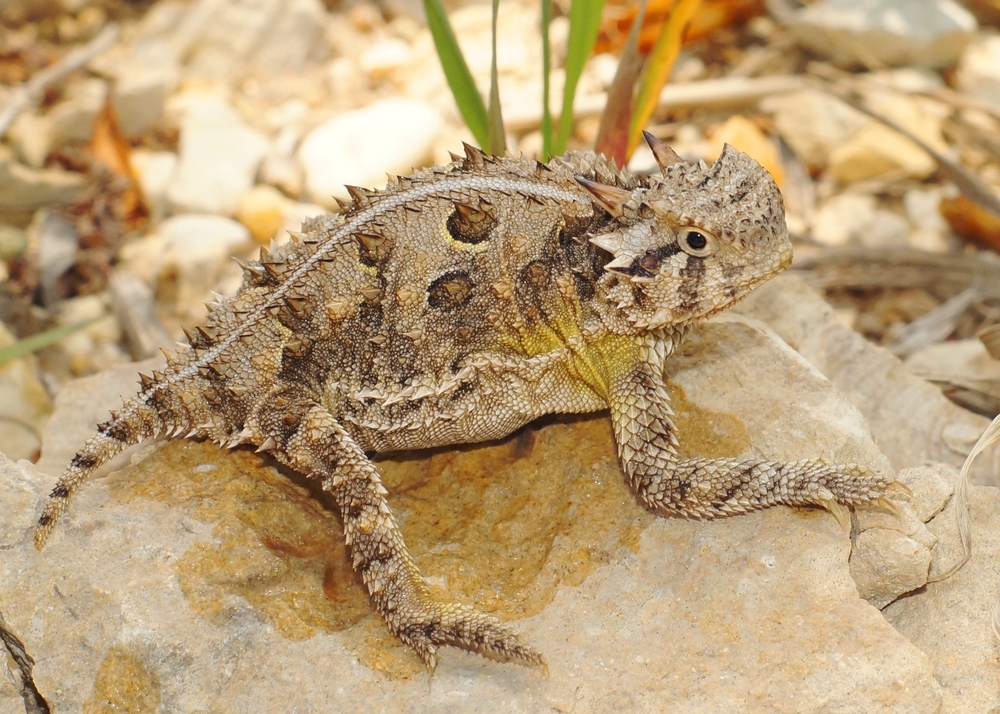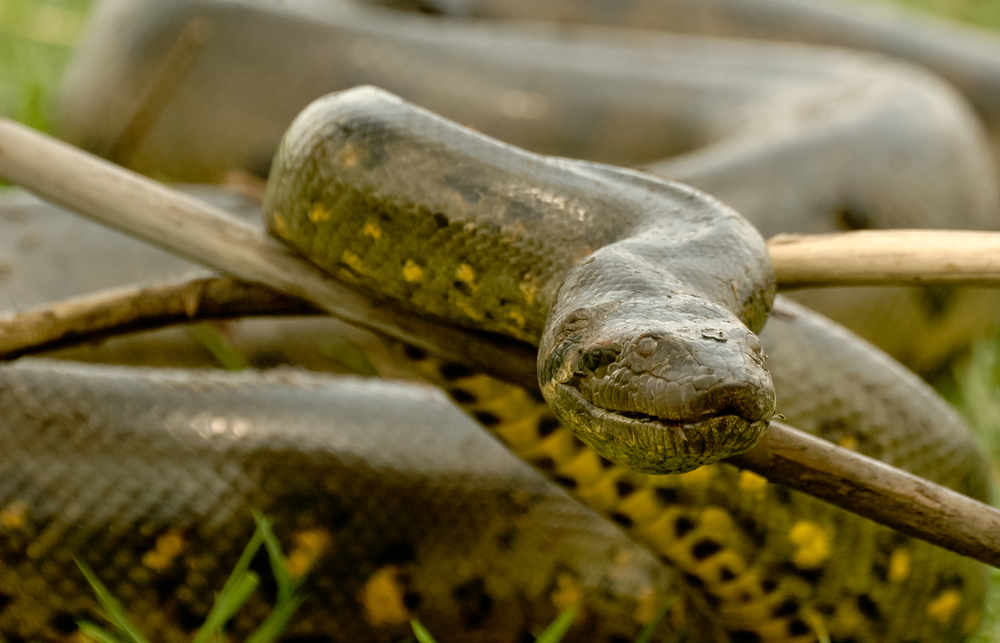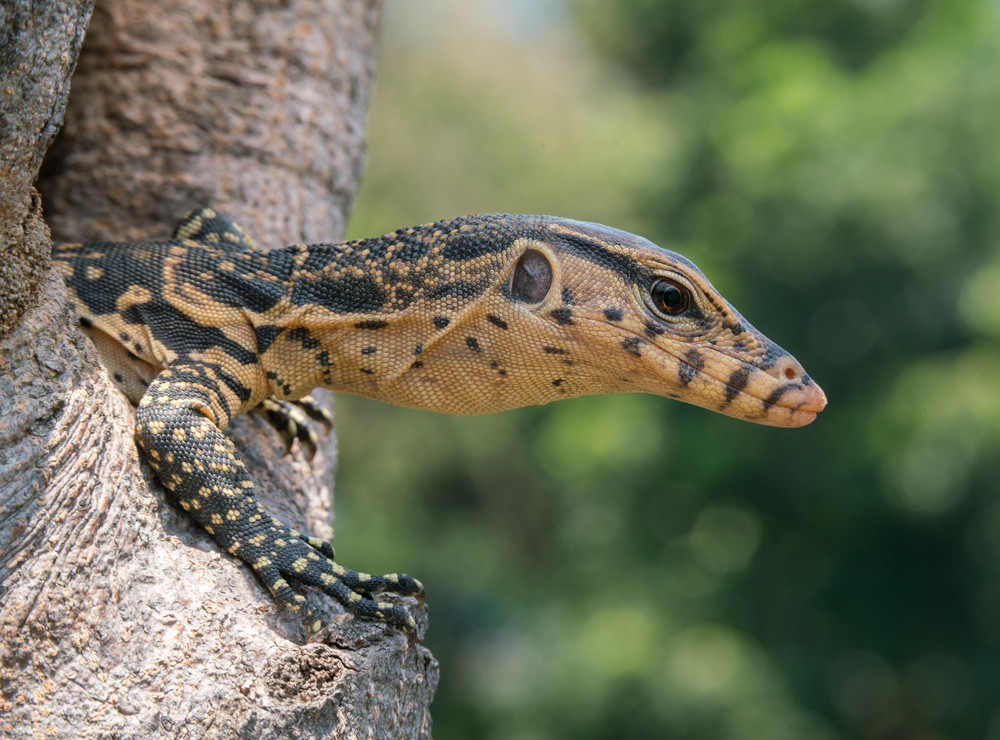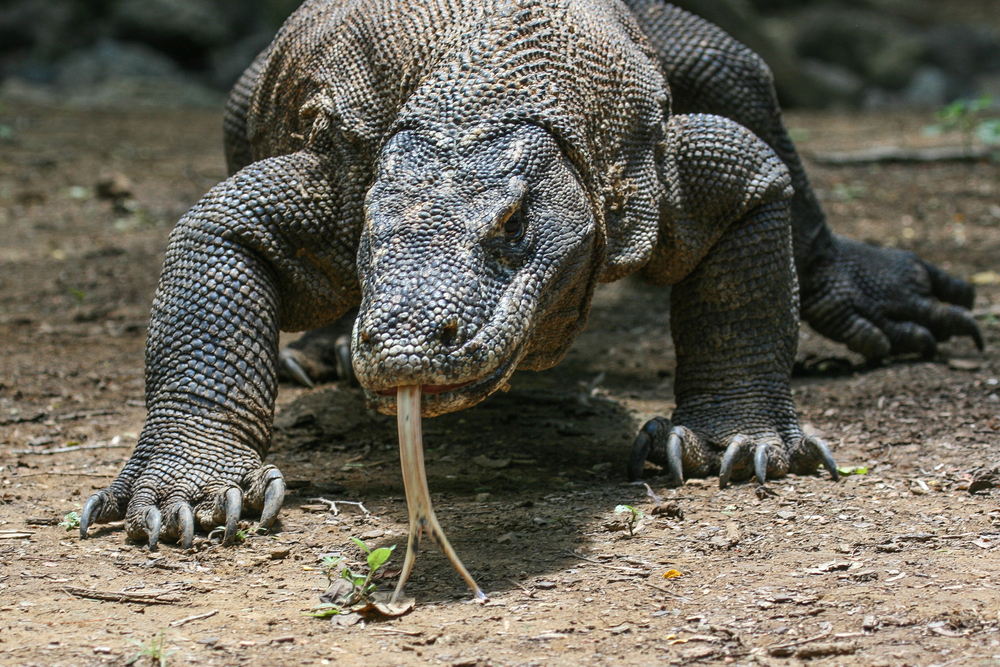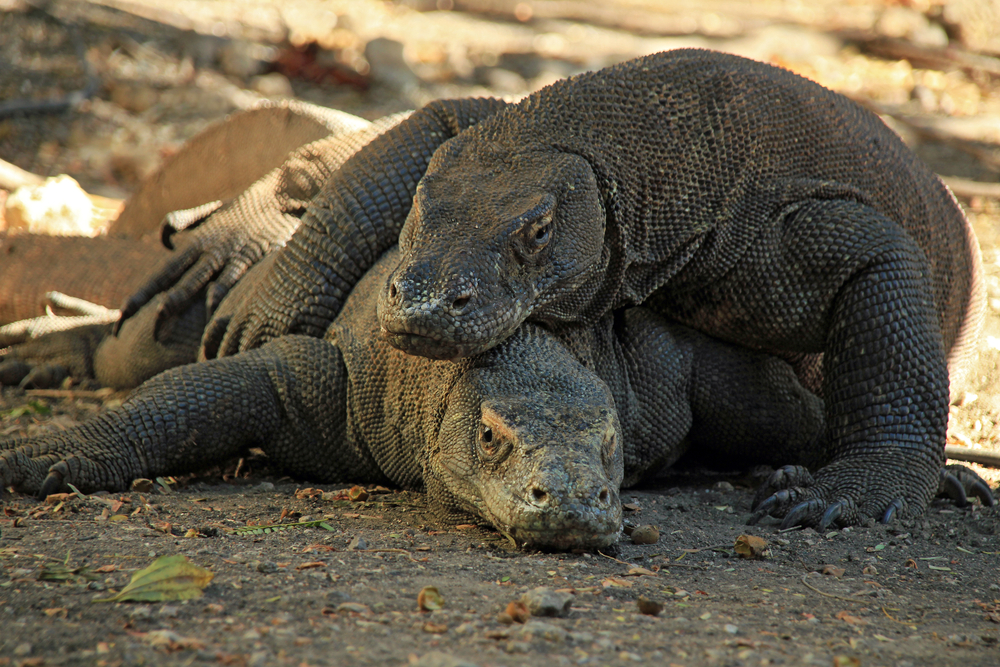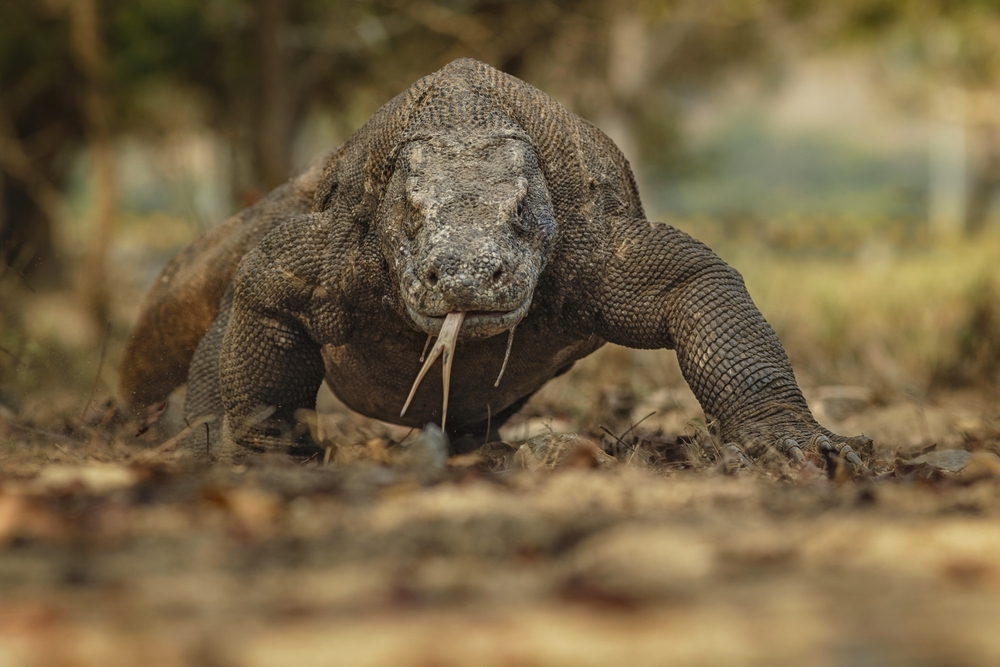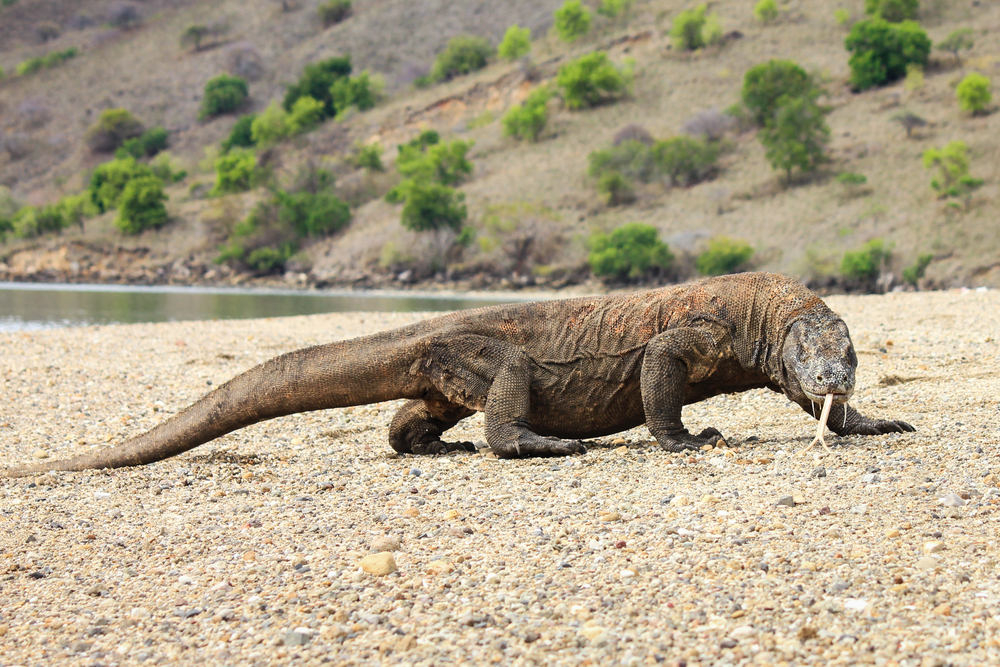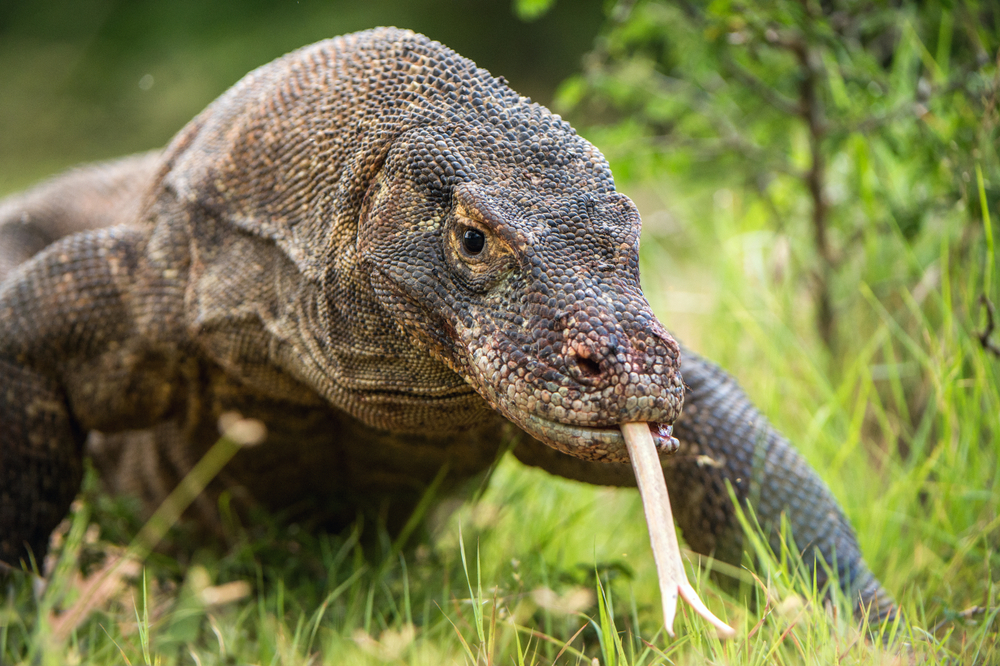Komodo dragons (Varanus komodoensis) are native to several islands in Indonesia, and the best place to see them in their natural habitat is within the Komodo National Park, a UNESCO World Heritage Site. Here are the primary locations within the Komodo National Park where you can see these impressive reptiles:
- Komodo Island: As the namesake of the species, Komodo Island is one of the primary places to observe Komodo dragons in their natural environment. The island is home to a significant population of these reptiles.
- Rinca Island: Rinca Island, located within the Komodo National Park, is another hotspot for Komodo dragon sightings. The dragons here are often more concentrated, making it a popular choice for visitors.
- Padar Island: While not as famous for Komodo dragons as Komodo and Rinca, Padar Island is part of the same national park and occasionally offers opportunities to see these creatures.
- Flores Island: Although less common, Komodo dragons can be found on Flores Island, which is also part of their native range.
Visiting these islands and seeing Komodo dragons in their natural habitat is a unique and awe-inspiring experience. However, it’s important to exercise caution and follow local regulations when observing these creatures, as they are wild and potentially dangerous predators. Local guides are often recommended to ensure safe and informative encounters. Additionally, conservation efforts are critical to protect these iconic reptiles and their habitats.



































































